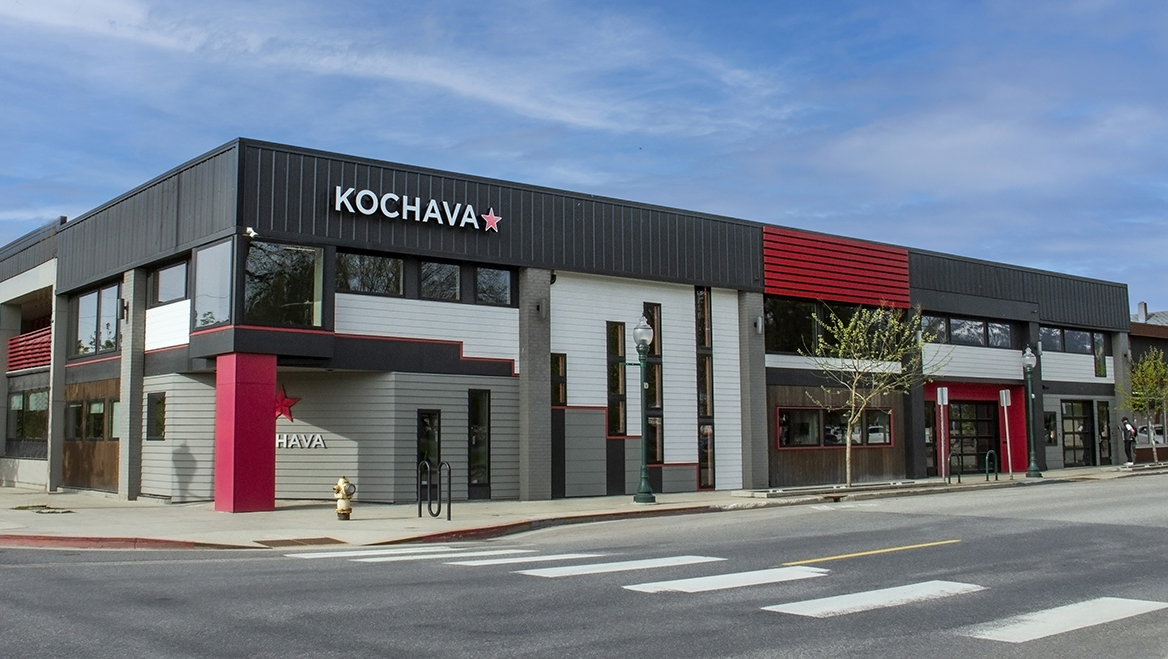July 31, 2022
In 2009, Sandpoint, Idaho, (pop. 8,692) passed a series of parking reforms — although not without a fight.
Two things kicked it off: the construction of a new bank in the small town's historic downtown that would have required 200 new parking spaces (despite being a block away from a municipal lot) and a historic building's interior remodel project, which triggered a new parking minimum. After much debate, the city council cut the bank's requirement in half and nixed new spots for the remodel.
With those wins — and growing community support — Sandpoint eliminated parking minimums downtown entirely, significantly reduced minimums for commercial and residential properties elsewhere in the city, and instituted parking maximums. The latter was meant to prevent large, empty lots from damaging the community's economy and quality of life.
In the decade-plus since, communities of all sizes have launched their own efforts to reduce or eliminate parking minimums. For some, this form of zoning reform is an attempt to decrease high housing costs by promoting development; in others, it's also been a powerful economic development tool.
As more places revisit their parking policies, Sandpoint city councilmember John Reuter offers five lessons he learned from the effort. Read his full story at Strong Towns.

Reduced parking minimums made building renovations and redevelopments more affordable for small business startups. Tech company Kochava renovated an old lumber facility into a modern tech campus, which houses close to 100 full time employees. Photo courtesy of Riley Emmer, Kochava.
1. Stay alert for opportunities.
Rarely are policies crafted and adopted in a linear sequence. Look for chances, like the restoration of a historic building, to argue that requiring additional parking makes no sense. Remember your end policy goals and push for them as soon as opportunities emerge.
2. Do what you can, when you can.
Sandpoint didn't start by removing all parking minimums. The incremental changes it pursued made a difference — and could help make a case for a complete repeal down the line. Make an exception for the reuse of existing structures, reduce parking requirements where possible, and eliminate them entirely in the sections of town where you can garner majority support.
3. Point out specific negative outcomes in your community.
Don't get lost in theory, abstract ideas, or even concrete examples from other communities. Show specific examples where parking requirements are causing problems for your city's businesses or are driving up the cost of housing. Point out blocks that everyone loves and show how they would be illegal to build today.
4. Build broad community support.
Use these local examples to identify and gain the support of new partners who would benefit from eliminating parking minimums: the family that wants to build an accessory dwelling unit for their aging parents but can't meet the parking requirements; the business that can't expand; the developer who wants to reuse an old building.
Well-organized facts are always useful in supporting the implementation of new policies, but real people who demand action based on those facts can be even more convincing.
5. Don't give up.
It took a long time to eliminate parking minimums in downtown Sandpoint — and that positive outcome didn't always look likely. Keep building support, person by person and business by business, and eventually you'll get to a new community consensus.




